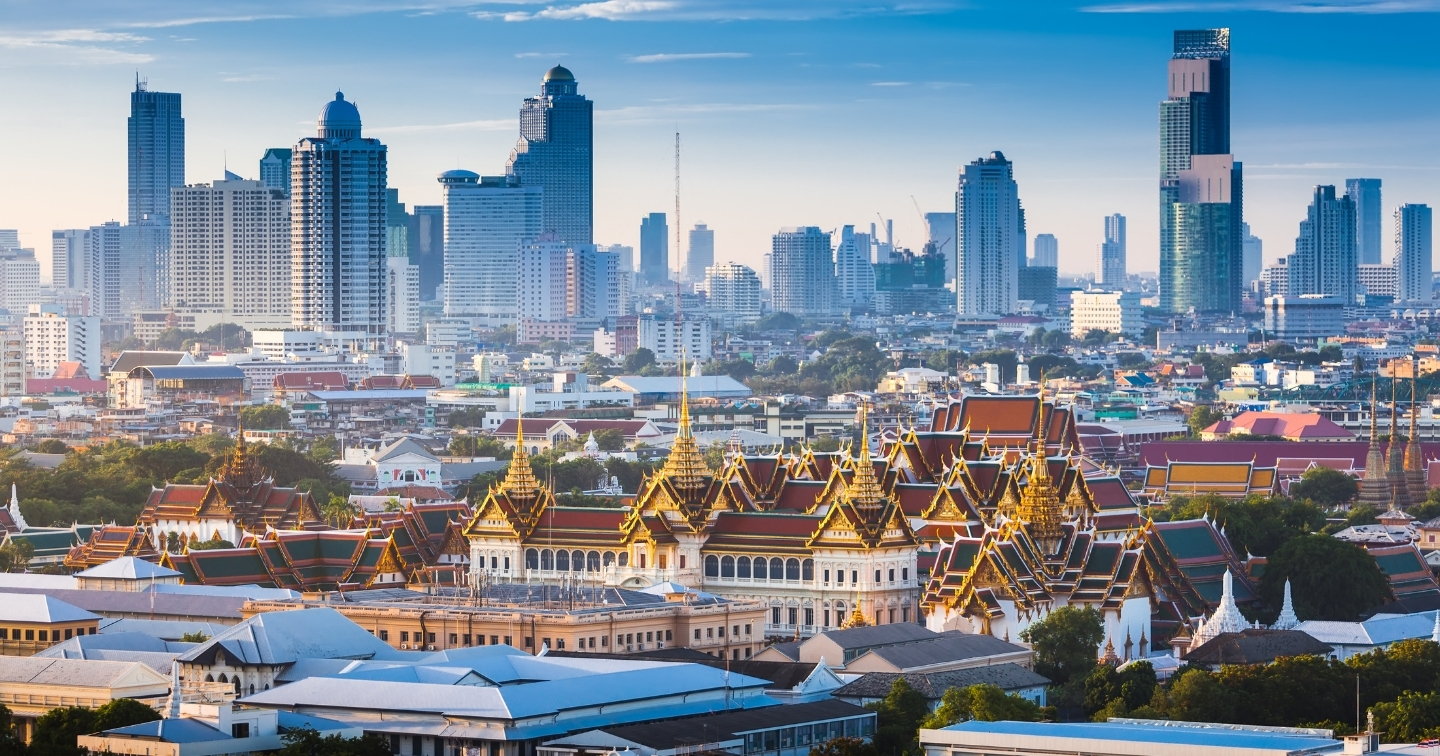The ASEAN-6, encompassing Indonesia, Thailand, Singapore, the Philippines, Vietnam, and Malaysia, has soared to the top 50 largest economies in the world for 2023, measured by total nominal Gross Domestic Product (GDP) at current prices in U.S. dollars, according to a report from the International Monetary Fund (IMF).
GDP is used to gauge the size of a country’s economy and compare economic performance across countries. GDP represents the sum of the value of all products and services produced within a country during a specific period, typically one year. Calculating GDP involves totaling the expenditure on new consumer goods, new investment, government spending, and the value of net exports.



1. Indonesia
- GDP: $1,417 billion
- Worldwide rank: 16th
- Full-year economic growth rate: 5.05%
Indonesia has emerged as the leading economic force in Southeast Asia. The country’s household consumption remains the primary catalyst, comprising over half of the total GDP.
Official data from the Central Bureau of Statistics further indicated that the transportation and storage sector saw the most rapid expansion among the nation’s production sides.
Moving forward, the government’s state budget for 2024 forecasts a 5.2% increase in the economic growth rate. The reason for this confidence stems from the anticipation of higher spending and a revival of private investment post-presidential elections.

2. Thailand
- GDP: $512.19 billion
- Worldwide rank: 30th
- Full-year economic growth rate: 1.9%
Thai 2023 economy growth was heavily attributed to vigorous private consumption and rising investment, aided by the resurgence of the tourism sector as a crucial engine of the country’s economy. However, the country’s growth rate has contracted from a revised 2.5% in the previous year as a result of sluggish external demand and exports.
According to a government agency, the National Economic and Social Development Council, the economy will see a growth rate of 2.2% to 3.2% in 2024.
Expected factors contributing to the economy’s accelerated growth compared to the previous year include increased services due to tourist arrivals, as well as a rise in exports and private investment.

3. Singapore
- GDP: $497.35 billion
- Worldwide rank: 32nd
- Full-year economic growth rate: 1.1%
The Ministry of Trade and Industry of Singapore has released official figures indicating that the country’s full-year economy grew by 1.1% in 2023, which is somewhat lower than the initial projection of 1.2%.
The manufacturing sector, which plays a crucial role in the country’s economy, contracted by 4.3%. Growth was primarily fueled by the construction, accommodation, information and communications, transportation and storage, and other service sectors.
The ministry has reiterated that the projected GDP growth for 2024 remains unchanged, spanning from 1% to 3%.

4. Philippines
- GDP: $435.68 billion
- Worldwide rank: 34th
- Full-year economic growth rate: 5.6%
The Philippines ended 2023 with a robust GDP growth rate that surpassed that of major economies in Asia albeit experiencing heightened levels of inflation rates and external constraints, according to the Department of Finance of the Philippines.
The Philippine Statistics Authority further saw robust domestic spending power and industry performances, mainly from wholesale and retail trade industry, have driven the 2023 magnificent growth rate.
The stronger domestic demand was stimulated by the increased levels of investments particularly in public infrastructure, and household spending which was supported by a stable employment market, steady inflows of remittances from Filipinos abroad, and an elevated demand for goods and services.
The Development Budget Coordination Committee under the Department of Finance estimated that the country would maintain its position at the most coveted spot in the region in 2024, accounting for 6.5 to 7.5 percent of the growth rate.

5. Vietnam
- GDP: $433.36 billion
- Worldwide rank: 35th
- Full-year economic growth rate: 5.05%
Vietnam’s remarkable economic growth in 2023 was mostly influenced by three key variables.
1) First, a terraced improvement in the external demand for Vietnamese goods. 2) Second, public investment augmentation has been a significant driving force, particularly during the first half of 2023, according to the General Statistics Office of Vietnam. 3) Third, a substantial rise in private consumption, which accounts for 41.04% of the total economic growth.
The government’s objective for 2024 growth is set at a range of 6 to 6.5 per cent. Meanwhile, the IMF has predicted a growth rate of 5.8% for 2024.

6. Malaysia
- GDP: $430.9 billion
- Worldwide rank: 36th
- Full-year economic growth rate: 3.7%
A report by the Central Bank of Malaysia stated that the country’s economy growth fell short of the projected range of 4% to 5% owing to a sustained decline in external demand, slowing the production of commodities, mining, and other goods.
The Central Bank further revealed that private consumption was the major contributor to the country’s economic growth, supported by an ongoing recovery in the labor market, an uptick in inbound tourism, and stronger investment growth.
Looking ahead to 2024, the country’s growth is expected to expand slightly to 4.3 percent in 2024, according to the IMF. This growth is projected to be driven by resilient private consumption and investment, heightened state expenditure, and a surge in external demand.

Meanwhile, the neighboring countries in the region saw varying levels of economic growth: Myanmar's GDP reached $74 billion, Cambodia’s stood at $30 billion, Brunei Darussalam recorded $15 billion, Laos hit $14 billion, and Timor-Leste reported $2 billion.
Overall, contrary to the advanced economies experiencing slower growth ranging from 0.5 per cent to 2.5 per cent in 2023, the leading economies in Southeast Asia have made a significant contribution to the rebound of the world’s economy amidst the global economic downturn.
Sources: IMF, official government websites of each country, and multiple credible sources.
Check out the other interesting news on Seasia.co.



















